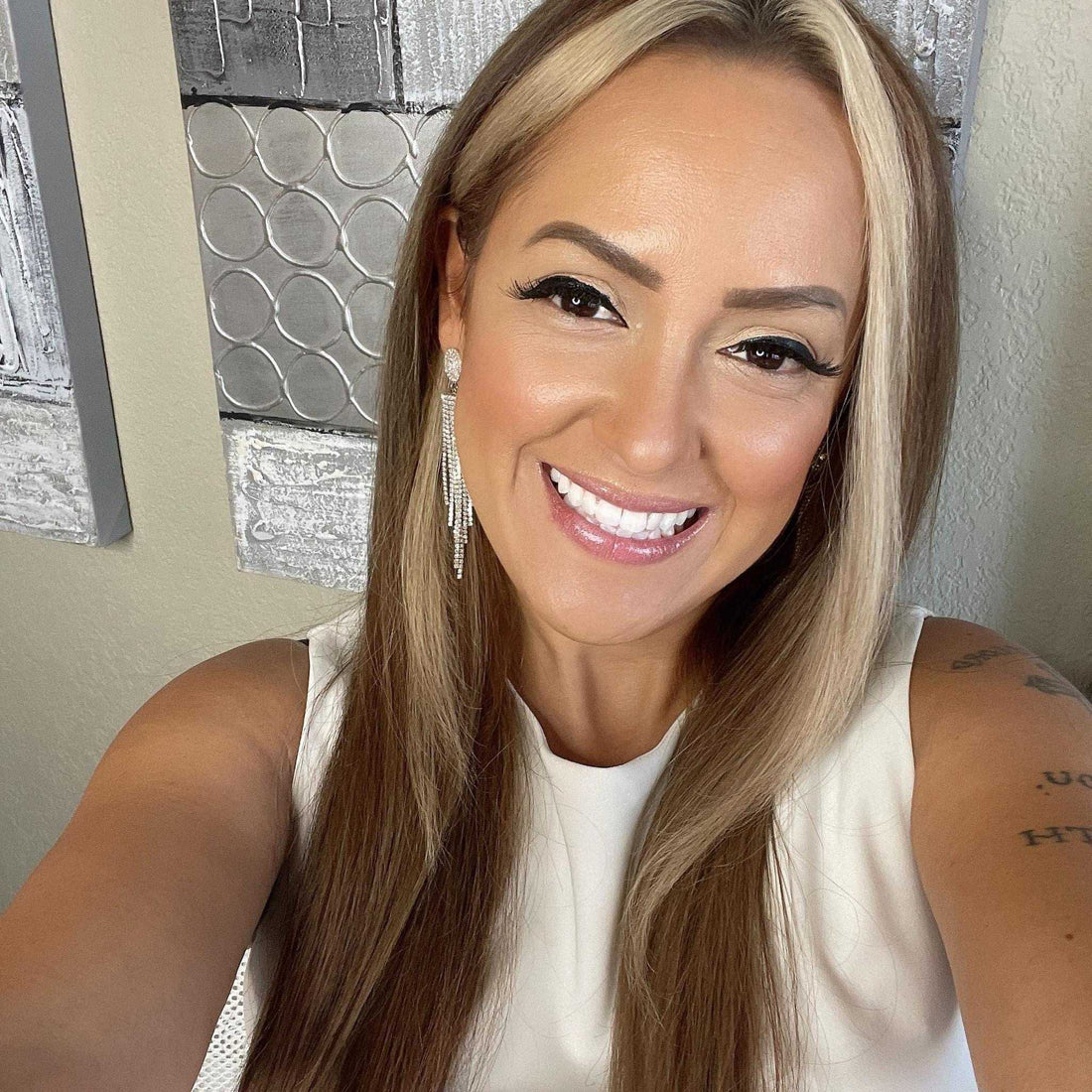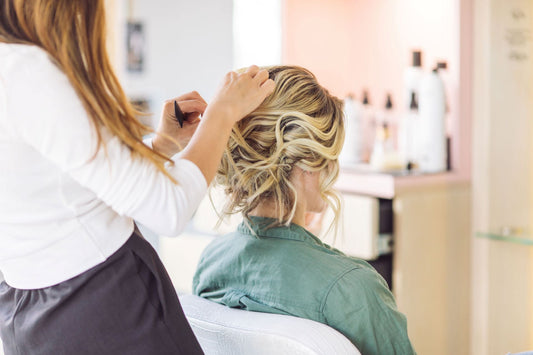
Things to Consider When Buying Hair Extensions
Many years ago, when first moving to California, one of the singular most amazing things I remember is how different the supermarkets are here. Fresh fruits and vegetables from around the world and aisles and aisles of more choices than I’d ever seen growing up in India. Over time however, in the late 90s and early 2000s we started to question those choices…because we mostly didn’t before. “Is it healthy for me, my family and children? Did this food come at a cost?” Words like ethical, sustainable, clearer identification and disclosure on origins of the foods appeared.
Beauty has been slow to catch up. When we love how something tastes, feels or looks, we care about our need…our desire. Hair is no different. You want thicker, fuller hair, or maybe it’s thinning and you want to reclaim what has been stolen from you. We don’t question it, we just enjoy it. For millennia human hair has been used to make products like human hair wigs and hair extensions for fashion and statement purposes, it’s only been the last few decades that it’s become less discretely worn. Instead of hiding the fact that we are wearing hair that isn’t ours, we’re embracing it! It’s more accessible and has grown to become a beauty accessory in every woman’s wardrobe, as common as makeup. It boosts your confidence, makes you feel in control of the hairstyle you want to wear and even allows you to change it up seasonally depending on your mood. This surge in popularity and demand has led to a booming global market, but one that has a dark side to it.
Beauty has been slow to catch up. When we love how something tastes, feels or looks, we care about our need…our desire. Hair is no different. You want thicker, fuller hair, or maybe it’s thinning and you want to reclaim what has been stolen from you. We don’t question it, we just enjoy it. For millennia human hair has been used to make products like human hair wigs and hair extensions for fashion and statement purposes, it’s only been the last few decades that it’s become less discretely worn. Instead of hiding the fact that we are wearing hair that isn’t ours, we’re embracing it! It’s more accessible and has grown to become a beauty accessory in every woman’s wardrobe, as common as makeup. It boosts your confidence, makes you feel in control of the hairstyle you want to wear and even allows you to change it up seasonally depending on your mood. This surge in popularity and demand has led to a booming global market, but one that has a dark side to it.



